GameFi has become one of the most popular trends in the Blockchain Gaming Industry, and it has the potential to disrupt the $175 billion worldwide video game market. Developers have taken their games to the next level thanks to technological advancements in gaming development. GameFi has arisen as a rescuer for all gamers, with the ability to provide full-time performance to the general public.
GameFi Defined
To brief a little about GameFi, the combination of Defi, video gaming, and NFT technologies is known as GameFi. Players can earn in-game currency by playing Play-to-Earn (P2E) games.
There are also some popular P2E games which include Axie Infinity, Alien Worlds, and CryptoBlades. The catch here is that In-game assets can be purchased, held, or sold by players. The games run on a blockchain’s distributed ledger, which allows players to have verified ownership of virtual things even if the server is down.

How does it work?
The most basic and most successful model so far was launched in the game Axie Infinity, which had $564 million in on-blockchain transaction activity in the last 30 days, according to DappRadar. The economy of Axie is based on two tokens: AXS and Smooth Love Potion (SLP), as well as non-fungible tokens (NFT), which are digital certificates of authenticity that represent game characters and digital real estate. Axies are little blob-like monsters that players often purchase for roughly $700. For winning battles and completing objectives, they get rewarded with SLP. Axies are also capable of reproducing and selling their offspring.

Is GameFi the real deal now?
According to DappRadar, the number of active blockchain games climbed to over 544 by the end of 2021, up from over 200 the year before: The top ten games processed moreover $841 million in transaction volume in the first week of January alone and attracted more than 2 million unique active cryptocurrency wallets. Even though many of these games are simple, venture capitalists have invested in them.
Some Advantages of GameFi
Like every other blockchain-based initiative, GameFi has begun to disturb the mainstream online gaming market. GameFi is reinventing online gaming by combining DeFi, NFTs, and blockchain technologies.
But the question is, what sets GameFi apart from traditional gaming? Let’s look into it further.
Asset Ownership
In GameFi, in-game assets are depicted in the form of NFTs that pertain to users and cannot be spoofed, as we previously described. Digital ownership of one-of-a-kind goods expands a world of endless possibilities for gamers. Do you want to sell or rent your assets to other gamers? It’s not a problem in the least! What about selling a game plan online? That’s also a possibility.
Play-to-Earn Model
Unlike pay-to-win games, which earn profit through in-app purchases, GameFi games compensate users for fulfilling gaming objectives like winning a battle or championship. Axie Infinity, for example, pays players a percentage of the game’s AXS token if they meet the game’s objectives. Users can also trade and exchange their significant goods in play-to-earn games.
Built on Blockchain
Are NFT and GameFi a good match?
The term “non-fungible token” refers to real-world assets maintained on the blockchain as digital assets. An NFT can take many different forms, ranging from photos and movies to passes and real estate. NFTs, unlike fungible tokens like Bitcoin, are special and have unique characteristics. NFTs made a buzz in the art world because they empower artists to profit from their work without relying on intermediaries like galleries or auction houses.
GameFi, which integrates decentralized finance (DeFi) and gaming, use a play-to-earn paradigm rather than a win-to-win model. The concept of financial incentives delivered through gameplay and progress through games distinguishes these two gaming approaches. Users can increase their earning potential by levelling up and upgrading their characters, with all data kept on the blockchain. As a result, players benefit from the fact that they own all assets. As a result, even if a server is switched down, any in-game assets remain in their control. Crypto games are more than just amusement for these reasons. They may even provide opportunities to make real money while having fun.
Gamers have also welcomed the merits of introducing non-fungible tokens into the gaming experience: it’s now legal to market in-game assets and participate in P2E (pay to earn) games, where the goal is to make money while playing.
GameFi has climbed to the forefront of the industry’s fastest-growing fields. GameFi will garner significant awareness and interest as the metaverse concept becomes more popular.
Even though the daily trading volume in the GameFi industry has now exceeded $100 million, the platform’s potential in terms of market diversity and asset engagement advantages is yet to be completely realized.
After all, it’s only been a little over a year since GameFi was first announced. Because GameFi is still in its initial phases of development, its potential growth and promises are unquestionably fascinating.




